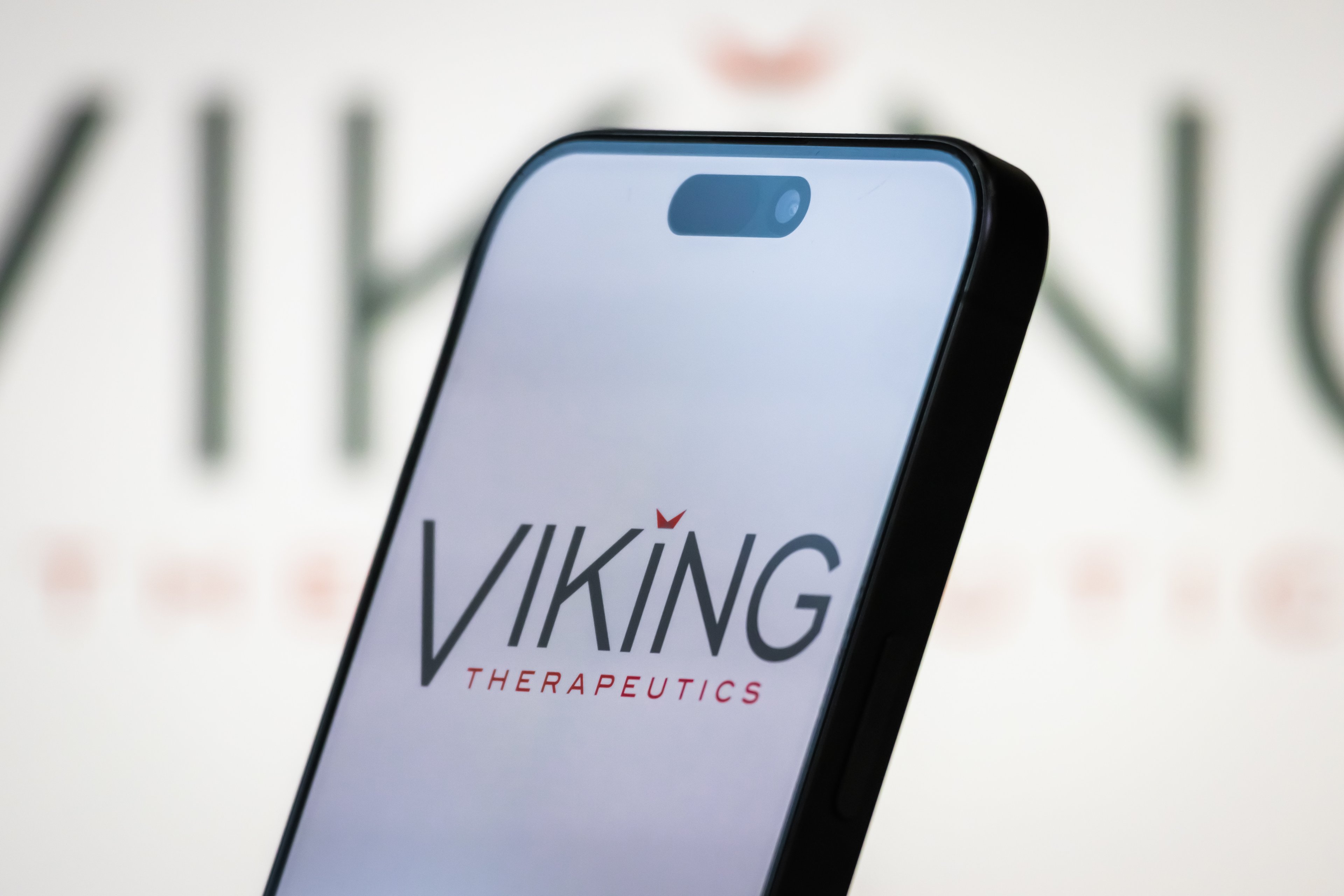The obesity treatment market is booming, with groundbreaking drugs like Eli Lilly's (LLY 1.58%) Zepbound delivering transformative patient results and powering its stock to a spectacular 400% return in the past five years.
Amid this estimated $100 billion opportunity, much smaller upstart Viking Therapeutics (VKTX 2.08%) has emerged with a promising clinical pipeline, aiming to capture a share of the weight loss and metabolic disease market with its novel dual-agonist approach. Despite a long road ahead for this clinical-stage biotech, recent data suggesting that its VK2735 candidate could rival and even outperform the leading therapies highlights the significant potential of this exciting small-cap stock.
Could Viking Therapeutics be the next Eli Lilly? Here's what you need to know.

Image source: Getty Images.
Comparing Eli Lilly and Viking Therapeutics
Every market leader started somewhere, and Eli Lilly's history of innovation spans 149 years since its founding in 1876. The global healthcare giant now commands a market capitalization of $685 billion and generated $45 billion in revenue for 2024 across an extensive portfolio of approximately 25 prescription drugs spanning diabetes, obesity, oncology, immunology, and neuroscience.
Its flagship therapy, tirzepatide, marketed as Mounjaro for type 2 diabetes and Zepbound for chronic weight management, is a dual agonist targeting glucagon-like peptide-1 (GLP-1) and glucose-dependent insulinotropic polypeptide (GIP) receptors, which play key roles in regulating blood glucose levels and metabolism. Data shows that Zepbound patients achieve around 21% weight loss over 72 weeks, marking a revolution in obesity treatment.

NYSE: LLY
Key Data Points
Despite competition from alternatives like Novo Nordisk's Wegovy, Eli Lilly is capturing strong demand, evident in first-quarter revenue of $12.7 billion that surged 45% year over year for the period ending March 31. The company is translating this momentum into accelerating profitability, with earnings per share (EPS) climbing 29% from the prior-year quarter. Management remains optimistic that these trends will continue.
In light of these achievements, Viking Therapeutics has large shoes to fill. The company's current $3 billion valuation is tiny compared to industry leaders, and it has yet to launch a commercial product. Yet, progress toward securing its first U.S. Food and Drug Administration (FDA) approval in the coming years would represent a milestone, establishing Viking as a commercially sustainable biotech player with significant long-term potential.

NASDAQ: VKTX
Key Data Points
Why Viking could follow in Lilly's footsteps
Viking's path to emulating Eli Lilly's success lies in its innovative approach to the obesity market through a research and development (R&D) program that also encompasses therapies for diabetes and metabolic disorders like MASH. Compared to existing FDA-approved GLP-1 medications, Viking's VK2735 could be a game-changer, with several advantages emerging from early trial data.
Viking's VK2735 GLP-1/GIP dual-agonist delivered a 15% weight loss in just 13 weeks during its Phase 2 VENTURE trial, demonstrating rapid efficacy that far outpaces the baseline trajectories of Zepbound or Wegovy. There are also indications that patients can continue the medication for sustained, potentially greater weight loss, unlike some GLP-1 therapies, where efficacy plateaus.
Furthermore, VK2735's early tolerability data show mostly mild to moderate side effects, such as nausea, supporting a favorable safety profile -- a critical advantage given reports of more serious adverse reactions from other GLP-1 drugs, including rare gastroparesis issues. If these results hold in further testing, VK2735 could emerge with a best-in-class profile, driving accelerated global adoption in the obesity treatment market.
With $852 million in cash and no debt as of March 31, management is confident in its resources to advance VK2735, and it's already preparing for eventual FDA approval. The company recently announced a manufacturing supply agreement to secure annual capacity for up to 100 million autoinjectors, 100 million vials and syringe products, and over 1 billion oral tablets ahead of a possible large-scale commercial launch in the coming years, assuming all goes well.
Verdict: A long road ahead
It's unlikely that Viking Therapeutics will become the next Eli Lilly anytime soon, and it remains a highly speculative investment given the uncertainties surrounding its pipeline and regulatory approval timeline.
Nevertheless, positive readouts from VK2735 later this year could provide the catalyst needed for the stock to rebound. Investors with a long time horizon who are confident that Viking will disrupt the GLP-1 market and validate its R&D platform might consider taking a small position in the stock today within a diversified portfolio. Alternatively, this stock is worth keeping an eye on for now.





